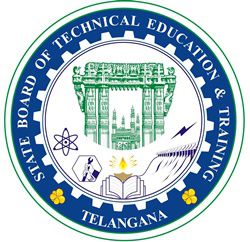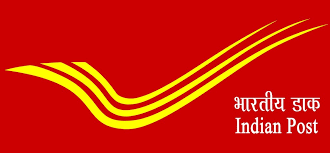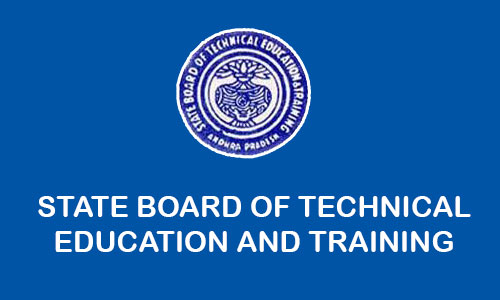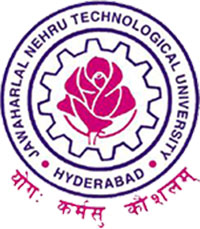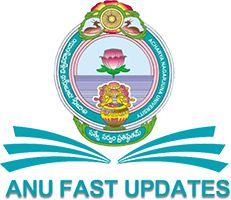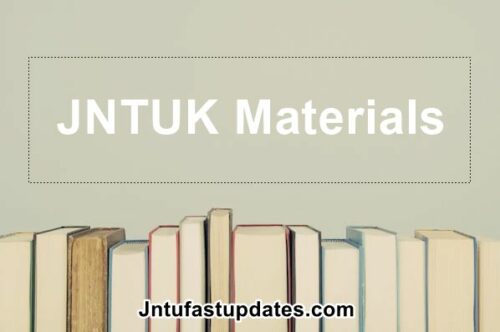JNTUK R19 2-1 Surveying and Geometrics Material PDF Download
Students those who are studying JNTUK R19 Civil Branch, Can Download Unit wise R19 2-1 Surveying and Geometrics Material/Notes PDFs below.
JNTUK R19 2-1 Surveying and Geometrics Material PDF Download
OBJECTIVES:
- Know the principle and methods of surveying.
- Measure horizontal and vertical- distances and angles
- Recording of observation accurately
- Perform calculations based on the observation
- Identification of source of errors and rectification methods
- Apply surveying principles to determine areas and volumes and setting out curves
- Use modern surveying equipment’s for accurate results
UNIT-1
Introduction and Basic Concepts: Introduction, Objectives, classification and principles of surveying, Surveying accessories. Introduction to Compass, levelling and Plane table surveying. Measurement of Distances and Directions Linear distances- Approximate methods, Direct Methods- Chains- Tapes, ranging, Tape corrections. Prismatic Compass- Bearings, included angles, Local Attraction, Magnetic Declination, and dip – W.C.B systems and Q.B. system of locating bearings.
Download UNIT-1 Material PDF
UNIT-2
Leveling – Types of levels, temporary and permanent adjustments, methods of levelling, booking and Determination of levels, Effect of Curvature of Earth and Refraction. Contouring- Characteristics and uses of Contours, methods of contour surveying. Areas – Determination of areas consisting of irregular boundary and regular boundary. Volumes -Determination of volume of earth work in cutting and embankments for level section, volume of borrow pits, capacity of reservoirs.
Download UNIT-2 Material PDF
UNIT-3
Theodolite Surveying: Types of Theodolites, temporary adjustments, measurement of horizontal angle by repetition method and reiteration method, measurement of vertical Angle, Trigonometrical levelling when base is accessible and inaccessible. Traversing: Methods of traversing, traverse computations and adjustments, Introduction to Omitted measurements.
Download UNIT-3 Material PDF
UNIT-4
Curves: Types of curves and their necessity, elements of simple, compound, reverse curves. Tacheometric Surveying: Principles of Tacheometry, stadia and tangential methods of Tacheometry, Modern Surveying Methods: Principle and types of E.D.M. Instruments, Total station- advantages and Applications. Introduction to Global Positioning System.
Download UNIT-4 Material PDF
UNIT-5
Photogrammetry Surveying: Introduction, Basic concepts, perspective geometry of aerial photograph, relief and tilt displacements, terrestrial photogrammetry, flight planning; Stereoscopy, ground control extension for photographic mapping- aerial triangulation, radial triangulation, methods; photographic mapping- mapping using paper prints, mapping using stereoplotting instruments, mosaics, map substitutes.
Download UNIT-5 Material PDF
TEXT BOOKS:
1. Surveying (Vol – 1, 2 & 3), by B. C. Punmia, Ashok Kumar Jain and Arun Kumar Jain – Laxmi Publications (P) ltd., New Delhi.
2. Chandra A M, “Plane Surveying and Higher Surveying”, New age International Pvt. Ltd., Publishers, New Delhi.
3. Duggal S K, “Surveying (Vol – 1 & 2), Tata McGraw Hill Publishing Co. Ltd. New Delhi.
REFERENCES:
1. Arthur R Benton and Philip J Taety, Elements of Plane Surveying, McGraw Hill.
2. Surveying and levelling by R. Subramanian, Oxford university press, New Delhi
3. Arora K R “Surveying Vol 1, 2 & 3), Standard Book House, Delhi.
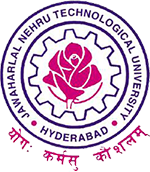

320-x100(1).gif)

